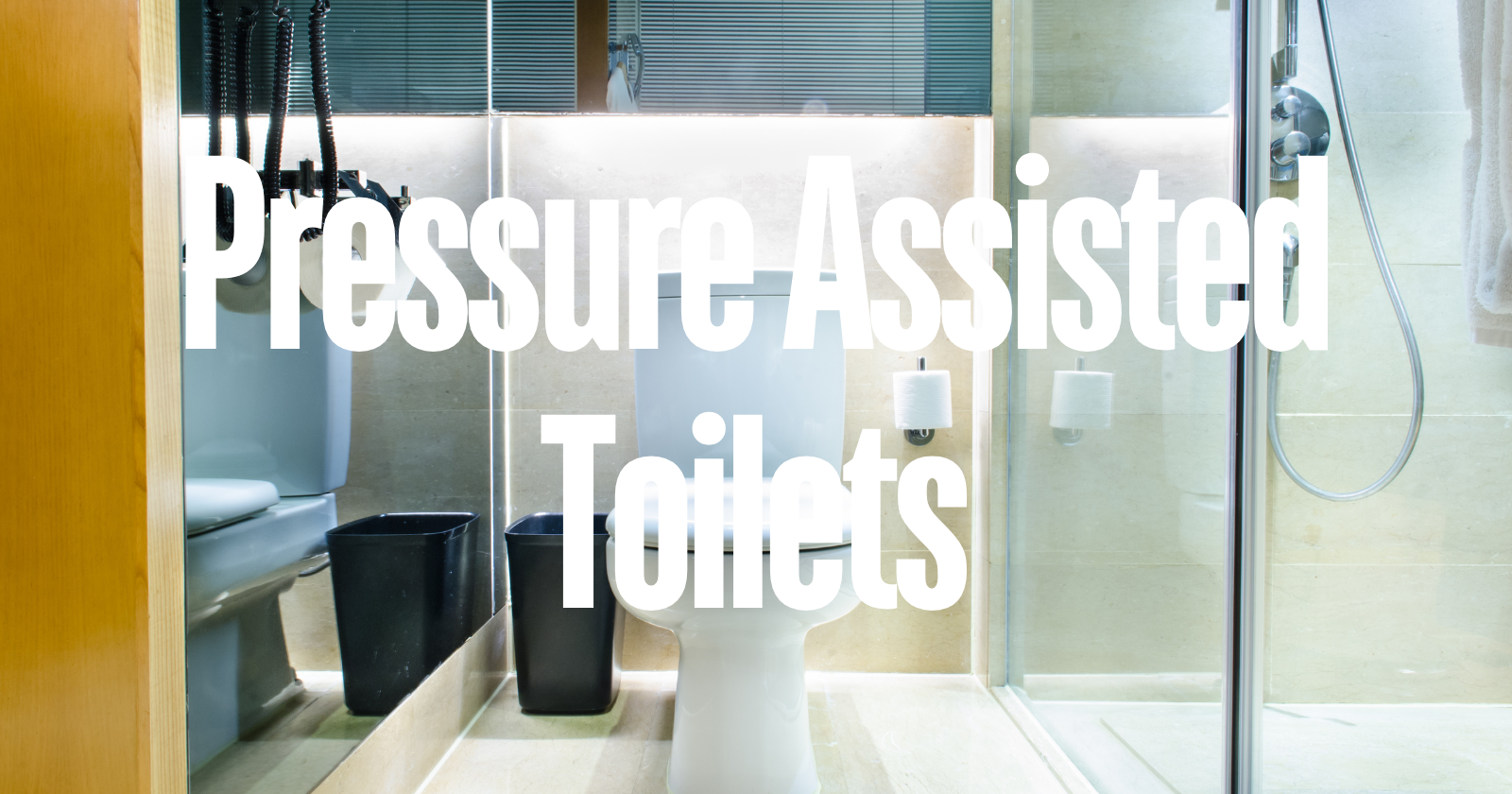Pressure Assisted Toilets
When it comes to powerful, efficient flushing, pressure-assisted toilets are a game-changer.
Unlike traditional gravity-fed models, these toilets use pressurized air to deliver a forceful flush that leaves no trace behind.
Designed to handle heavy use and prevent clogs, they are ideal for busy households or commercial settings where performance matters.
In this guide, we’ll explore the benefits of pressure-assisted toilets, their unique features, and why they might be the best solution for your bathroom.

Basic Operation of Pressure-Assisted Toilets
Pressure assisted toilets use compressed air and water pressure to create a strong flush. This system helps clear waste more effectively than standard gravity-flush toilets.
Water Flow and Pressure Mechanism
The tank of a pressure-assisted toilet contains a sealed pressure vessel. When the toilet is flushed, water flows into this vessel, compressing the air inside as it fills.
The compressed air creates high pressure, which forces water out with great force when flushed. The result is a powerful flush that clears the bowl quickly.
Most pressure-assisted toilets use 1.1 to 1.4 gallons per flush (GPF). This is less water than many standard toilets. The strong flush breaks up the waste well, so less water is needed.
Plumbing System Requirements
Pressure assisted toilets need good water pressure to work right. Most homes have enough pressure, but it’s smart to check. A plumber can test the water pressure.
These toilets usually need at least 25 PSI (pounds per square inch) of water pressure; some models may need up to 40 PSI. Standard home water pressure is often 40-60 PSI.
The plumbing pipes must be in good shape. Old or weak pipes might not handle the extra pressure well. A plumber should check the pipes before installing a pressure-assisted toilet.
Proper installation is key. The toilet must be level and sealed correctly. This helps it work well and prevents leaks. Many people hire a plumber for installation.
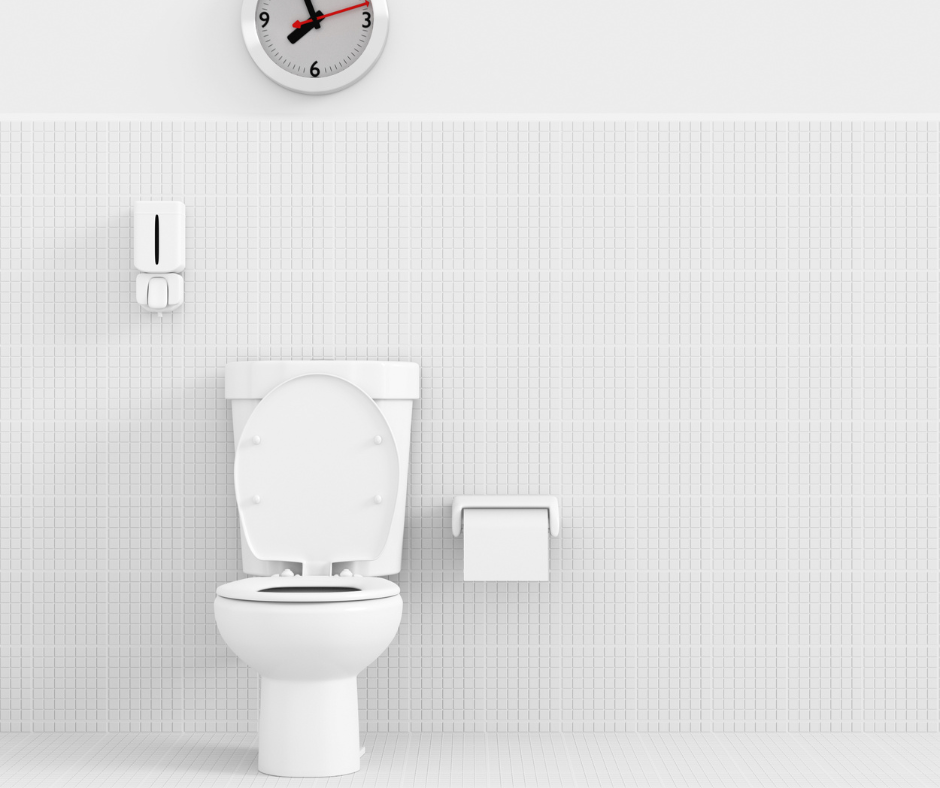
Design and Installation Considerations
Pressure-assisted toilets require careful planning and setup. Key factors include proper sizing, space requirements, and a detailed installation process to ensure optimal performance.
Sizing and Space Requirements
Pressure-assisted toilets come in various sizes. Standard models are similar to regular toilets, fitting into most bathrooms. Some brands, like American Standard Cadet, offer compact options for smaller spaces.
The tank size is crucial. It needs to hold enough water for effective flushing. Most pressure-assisted toilets use 1.1 to 1.6 gallons per flush.
Space around the toilet is important. Allow at least 15 inches from the center of the toilet to each side wall, and leave 21 inches of clear space in front of the bowl.
Consider the trapway size. Pressure-assisted toilets often have larger trapways to handle waste more effectively.
Installation Process
Installing a pressure-assisted toilet requires specific steps:
- Turn off the water supply
- Remove the old toilet
- Install a new wax ring on the flange
- Place the new toilet over the flange
- Secure the toilet to the floor
- Connect the water supply line
- Turn on the water and test the flush
Professional installation is recommended. A plumber can ensure proper setup and check water pressure. Some models, like Kohler pressure-assisted toilets, may need special tools or expertise.
The installation area must be level. Uneven floors can affect the toilet’s performance and seal. Check the floor before installation and make necessary adjustments.
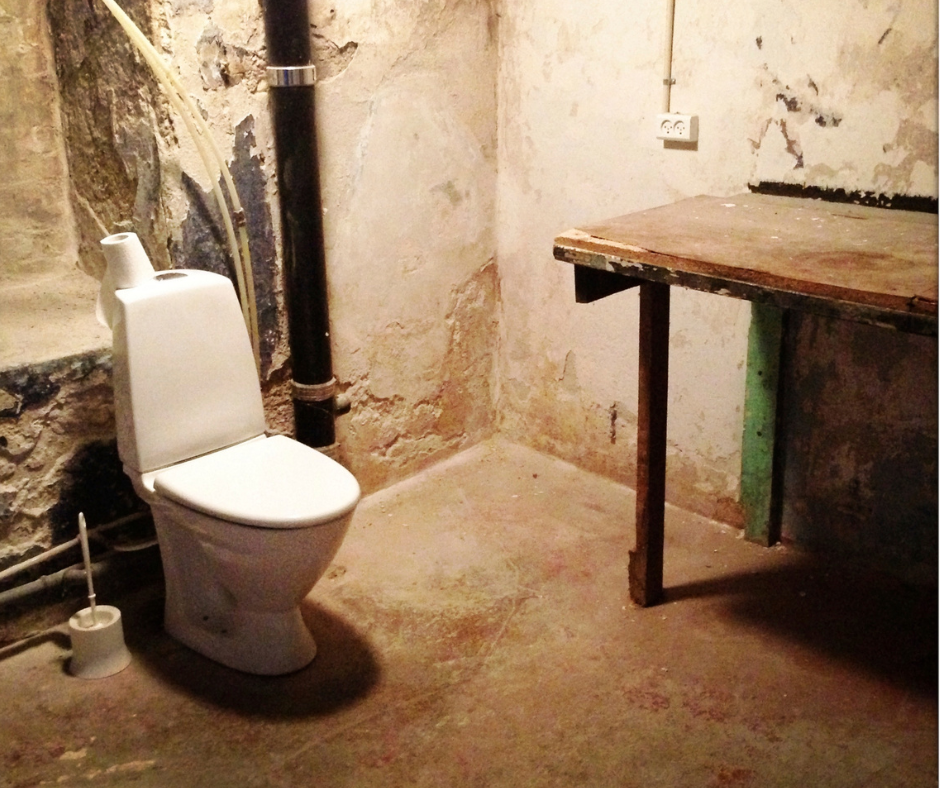
Performance and Efficiency
Pressure-assisted toilets offer strong flushing power and water savings. They use compressed air to boost flushing force, using less water per flush than many standard toilets.
Flushing Power and Waste Removal
Pressure-assisted toilets create a forceful flush that quickly and thoroughly removes solid waste. The pressurized air in the tank pushes water into the bowl at high speed, helping prevent clogs and keeping the bowl cleaner.
These toilets can often clear the bowl in one flush, even with large amounts of waste. The strong flush also rinses the bowl more effectively than many gravity toilets.
Water Saving Capabilities
Many pressure-assisted toilets use 1.6 gallons per flush or less. Some models use only 1.28 gallons, meeting EPA WaterSense standards for high efficiency.
The powerful flush allows these toilets to use less water while still cleaning effectively. Over time, this can lead to big water savings for households.
Some pressure-assisted toilets use up to 20% less water than standard 1.6-gallon models. This reduced water consumption can lower water bills and help conserve resources.
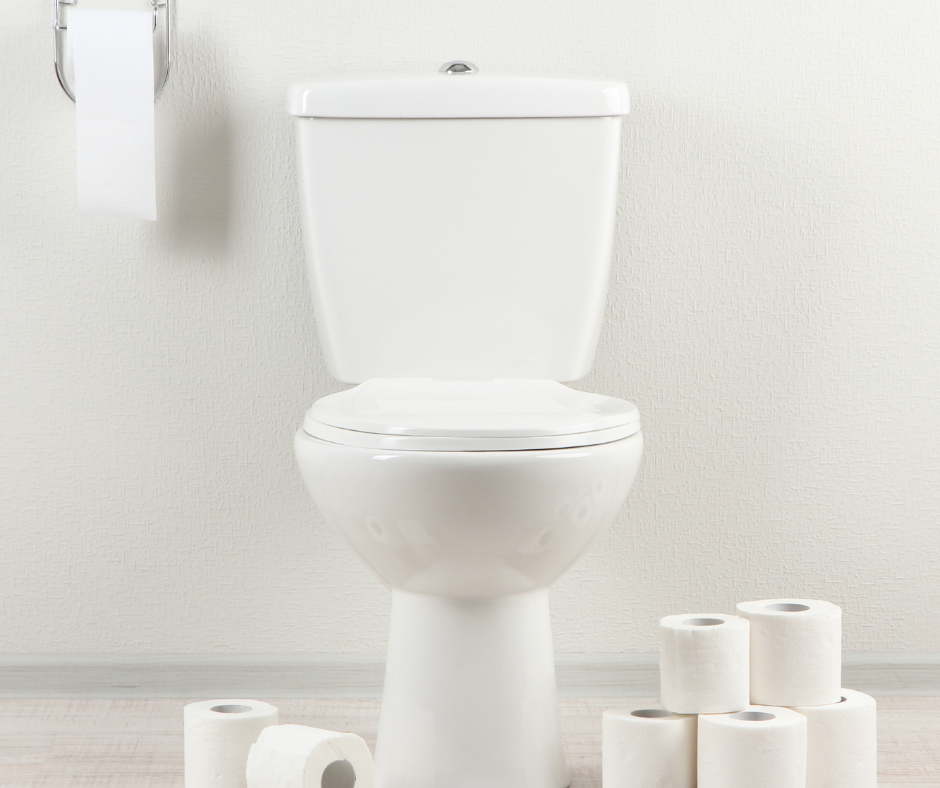
Advantages of Pressure-Assisted Toilets
Pressure-assisted toilets offer big benefits for homeowners. They save water and money while lasting a long time.
Efficiency and Water Conservation
Pressure-assisted toilets use less water per flush. They typically need only 1.1 to 1.4 gallons each time, which saves about 4,000 gallons of water per family per year.
The strong flush breaks up waste better. This means less clogging and double flushing. Many pressure-assisted models meet WaterSense standards for efficiency.
Lower water use leads to lower water bills, which can, over time, add up to big savings for homeowners.
Durability and Longevity
Pressure-assisted toilets are built to last. Their parts are heavy-duty and can handle lots of use. These toilets may work well for up to 30 years with good care.
The strong flush keeps the bowl cleaner, cutting down on scrubbing and harsh cleaners. Less cleaning means less wear on the toilet surface.
Tank condensation is less of a problem with pressure-assisted models. The tank stays drier, which helps prevent damage to nearby walls and floors.
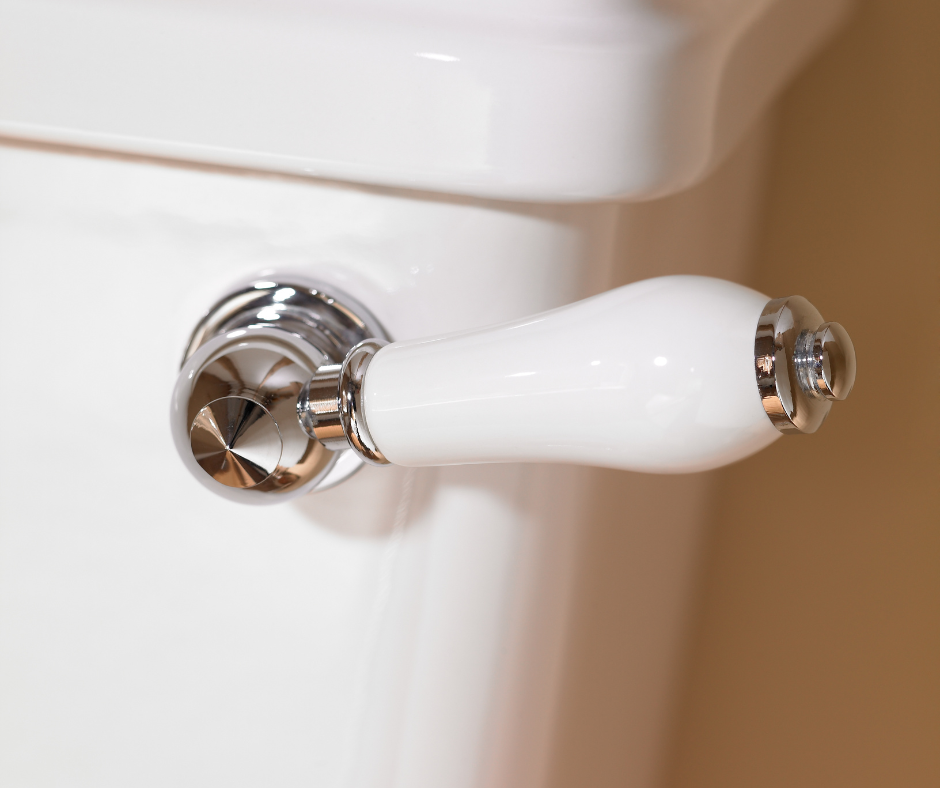
Comparative Assessment
Pressure-assisted toilets offer unique advantages over traditional models. They differ in flushing power, water usage, and price points. Let’s examine how they compare to gravity toilets and assess their overall value.
Pressure-Assisted vs. Gravity Toilets
Pressure-assisted toilets use compressed air to force water into the bowl, creating a stronger flush than gravity toilets. They clear waste more effectively and are less likely to clog. Gravity toilets rely on water weight and siphon action to remove waste.
Pressure-assisted models are louder when flushing. They may startle users or wake people at night. Gravity toilets operate more quietly.
Water efficiency varies between the two types. Many pressure-assisted toilets use 1.6 gallons per flush (GPF), while some gravity models use as little as 1.28 GPF. However, pressure-assisted toilets often need fewer double flushes.
Cost-Benefit Analysis
Pressure-assisted toilets typically cost more upfront. Prices for brands like American Standard and Kohler range from $300 to $600. Gravity toilets usually cost $100 to $300.
Installation costs are similar for both types. However, due to their complexity, pressure-assisted models may require professional setup, which can add $200 to $400 to the total cost.
Long-term savings can offset higher initial prices. Pressure-assisted toilets need less maintenance and fewer repairs. They also reduce water bills through efficient flushing.
Lifespan is another factor to consider. Pressure-assisted toilets often last 30 to 50 years. Gravity toilets typically last 15 to 30 years. This longer lifespan can provide better value over time.

Manufacturer and Model Overview
Several leading brands offer pressure-assisted toilets with powerful flushing systems. These models come with unique features designed to improve performance and efficiency.
Prominent Brands and Models
American Standard makes the Cadet a top pressure-assisted toilet. It has a strong flush and meets efficiency standards. The Cadet also cleans the rim and has an antimicrobial surface.
Kohler offers the K-3493-0 model. This elongated toilet uses 1.6 gallons per flush. It features Kohler’s Pressure Lite flushing system for extra power.
Zurn produces the Z5572, a dual-flush toilet that offers users two flush options to save water. Zurn backs this model with a solid warranty.
Unique Features and Technologies
Pressure-assisted toilets use special tanks to create forceful flushes. Many models have Flushmate systems. These store air and water under pressure.
Some toilets clean themselves. They may have glazed surfaces that resist stains. Others spray the bowl during flushing to remove waste.
Dual-flush options let users choose how much water to use. This helps save water for light flushes, while full flushes still clear the bowl completely.
Anti-clog designs prevent blockages. Wide tramways and strong pressure move waste efficiently, reducing the need for plunging or second flushes.

Potential Drawbacks
Pressure-assisted toilets have some important drawbacks. These include louder flushing noises and more complex maintenance needs compared to standard toilets.
Noise Level Considerations
Pressure-assisted toilets are known for their loud flushing sound. The pressurized air release creates a forceful whoosh that can be startling. This noise may disturb others in the home, especially at night.
Some users find the sound embarrassing in shared bathrooms. The noise can also wake sleeping family members. Newer models have improved but are still louder than gravity toilets.
This is an important factor to consider for those sensitive to noise. Testing the flush sound in a showroom can help decide if it’s tolerable.
Maintenance and Repair
Pressure-assisted toilets have more complex internal parts than standard models. This can lead to higher repair costs and more frequent plumber visits.
Over time, the pressurized tank may develop leaks. Fixing these often requires special tools and expertise. DIY repairs are harder, as the system is more complicated.
Parts for pressure-assisted toilets can be pricier and harder to find. Some plumbers may be less familiar with these systems, limiting repair options.
Regular maintenance is key to preventing issues. Yearly check-ups by a professional can catch problems early and extend the toilet’s lifespan.
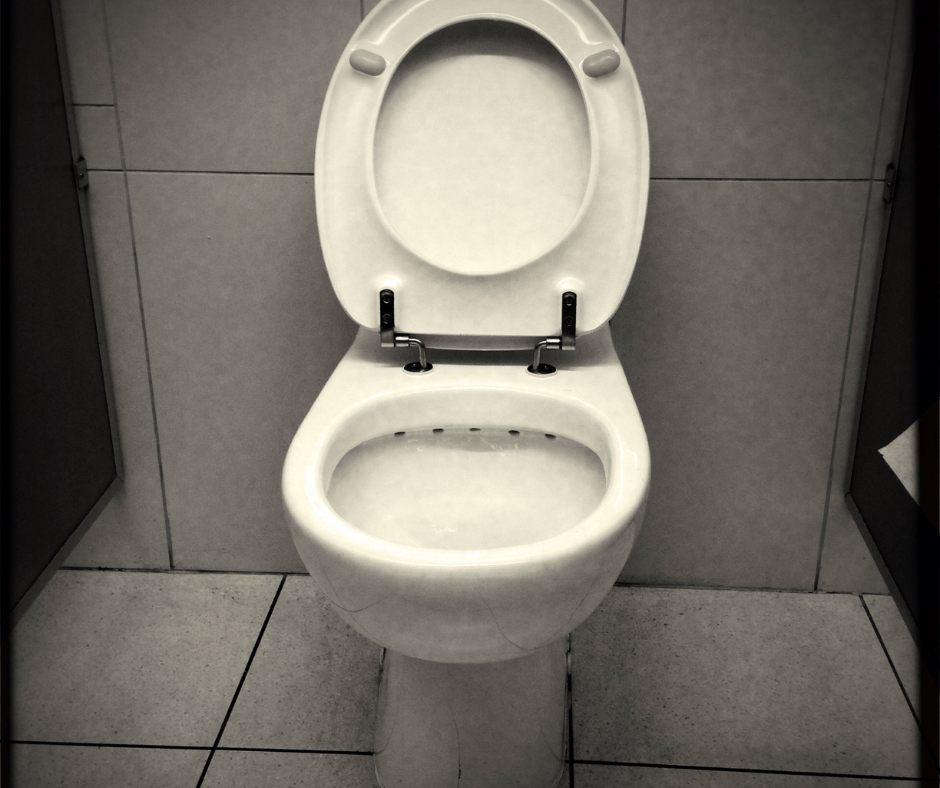
Application Specifics
Pressure-assisted toilets serve different needs in commercial and residential settings. Their powerful flushing action makes them well-suited for high-traffic areas and homes alike.
Commercial Use
Pressure-assisted toilets excel in commercial spaces. Restaurants, government buildings, and schools often choose these toilets for their reliability. The strong flush keeps bowls clean with less need for manual scrubbing, saving time and money on maintenance.
These toilets handle heavy use without clogging. Their efficient design uses less water per flush than older models, cutting water bills in busy places.
Many commercial models have special coatings. These fight germs and make cleaning easier. Some versions are also built tougher to resist vandalism in public restrooms.
Residential Use
Home users pick pressure-assisted toilets for their power and cleanliness.
They flush waste and paper quickly, reducing clogs. This means fewer calls to plumbers and less hassle for families.
These toilets keep bowls cleaner between uses. Their strong rinse action leaves less residue behind.
This can cut down on how often people need to use bowl cleaners.
The main drawback for homes is noise. The flush is louder than standard toilets.
Some find this bothersome, especially at night. But many feel the benefits outweigh this issue.
Pressure-assisted models cost more upfront. Yet they can save money over time through lower water use and fewer repairs.
Wrapping Up
Pressure-assisted toilets offer a powerful and efficient solution for those looking to minimize clogs and enhance flushing performance.
With their unique design, they deliver a cleaner and more reliable flush, making them ideal for high-traffic bathrooms or homes that prioritize water efficiency.
If you’re seeking a toilet that combines durability, water savings, and superior performance, a pressure-assisted model might just be the perfect fit for your needs.

